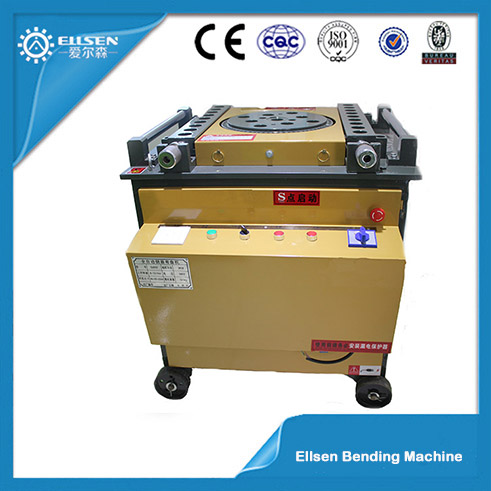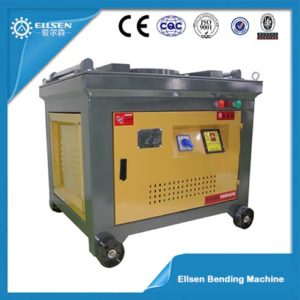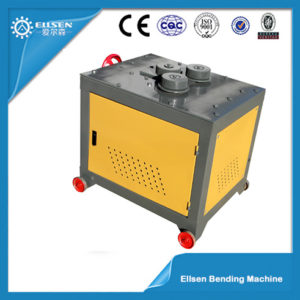A bar bending machine is a very useful tool, but it is certainly capable of causing damage and injury if it’s used improperly. This makes proper safety procedures and ample training a vital part of operating a bar bender machine. Below is a basic overview of the safety concerns attached to this piece of equipment.
The Bar Bending Machine’s Safety Challenges
While bar bending machines, like a great host of different high-performance tools used in modern industrial settings, are more often than not computer-controlled, a great many of them still require significant operator interaction. Bender machinery is often employed for very small bending jobs such as the custom alteration of steel rebar at a construction site. The fact that every bend must incorporate actions by the operator or operators poses an unavoidable safety risk.

At a physical level, this risk comes from the fact that a bar bending machine must be capable of exerting extreme amounts of force in order to perform its work properly. It takes hundreds of pounds of force, applied swiftly, to produce a satisfactory bend in steel bar stock. These forces are more than enough to injure an operator — possibly severely — if the correct safety precautions are not taken.
Universal Safety Basics
As with any piece of heavy equipment, a bar bending machine should only be operated by trained professionals who are thoroughly familiar with the work and the hazards posed by the equipment. Proper PPE (Personal Protective Equipment) must be worn at all times. All bar benders incorporate a number of different safety features that need to be used for every bend.
The most important of these may be limit switches; these adjustable cutoffs can be fitted in every operational part of the machine (e.g. between rams and rollers) where the risk of trapping an operator’s hand exists. Emergency cutoff switches are also a necessity. With bar bending machines that are used by two people simultaneously (an operator and an assistant), both people need to have easy access to the cutoff switch at all times. Many machines come with mobile switches to make this possible.

Proper Operational Procedures
There are some more specific procedural habits that bending machine operators should stick to in order to minimize the amount of risk they’re exposed to. One of the best safety procedures to adhere to is the regular use of test bends. A test bend — a full execution of the next planned bend without any bar in place — gives the operator a first-hand look at exactly how the machine will be moving. Click the link http://ellsenbendingmachine.com/bar-bending-machine/ to know more about it.
Because bar bending machines are generally highly adjustable, operators need to know not only how to set up new bends but also how to do so safely. The proper pins must always be used to match the tolerances of the bar stock being bent and the safety limitations of the machine. (Bending pins and center pins, for instance, are never interchangeable.) Additionally, on machines with multiple pin holes on the bending table, covers should be used to seal the holes which are not in use. This prevents the bar stock from getting lodged in open holes and becoming uncontrollable during a bend.

While bar benders offer up multiple danger points that can cause injuries if they are operated improperly, alert and well-trained operators will always use the right precautions to prevent this kind of misuse. As with so many other types of heavy equipment, the safety of a bar bending machine ultimately relies on the good sense and careful treatment of its operator.
Ellsen bending machine manufacturer provides high-quality bender equipment for sale. Ellsen machines are quite easy and reliable to use. More information about Ellsen bending machines, please visit the website: ellsenbendingmachine.com.